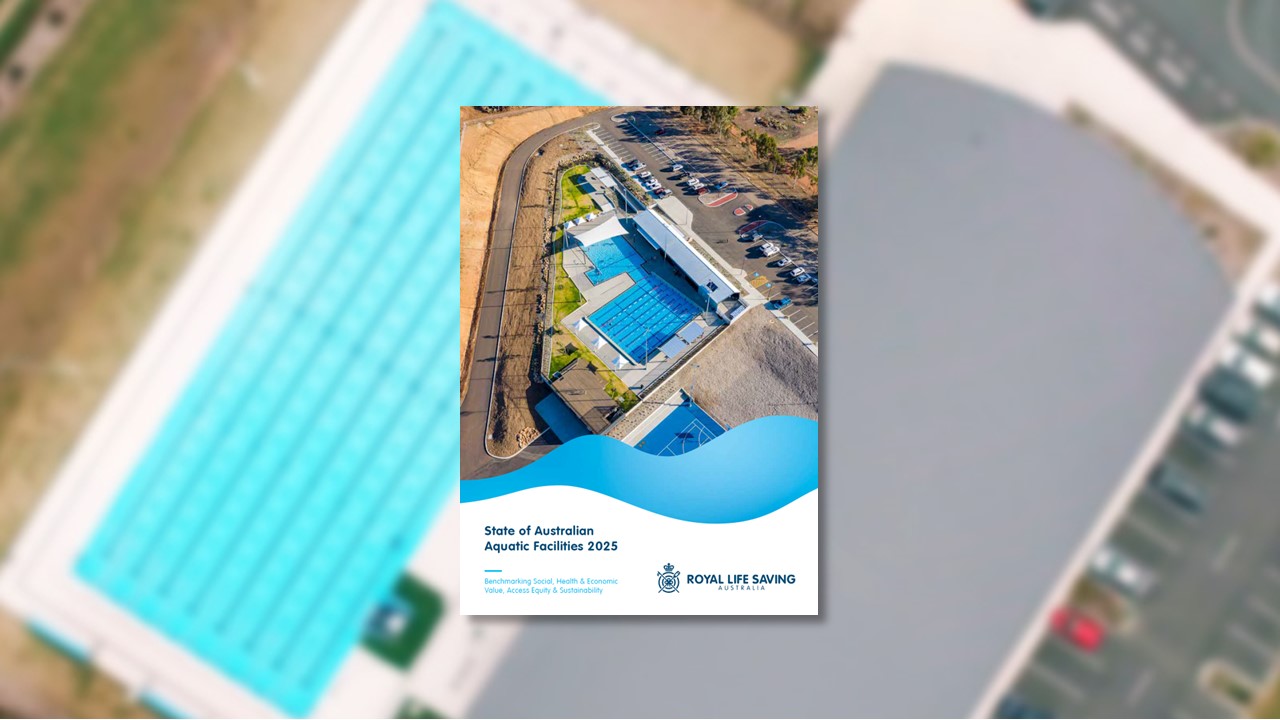
28 February 2025
New Research Reveals Millions of Australians Missing Out on Public Pools
A new report from Royal Life Saving Australia, the State of Australian Aquatic Facilities 2025, has identified the 50 communities across Australia most disadvantaged by a lack of access to public swimming pools.
This comprehensive research highlights how public pools contribute to healthier, safer, and happier communities, while exposing major gaps that leave many Australians without these essential facilities.
With over 421 million visits annually, public pools deliver an estimated $12.84 billion in social value each year, supporting drowning prevention, physical activity, mental wellbeing, and community cohesion. Yet, access is far from equal.
The report’s cutting-edge data analysis and modelling reveal that millions of Australians, particularly those in outer metropolitan and low-cost housing areas are disadvantaged when it comes to accessing public pools. This lack of access means fewer opportunities for children to learn to swim, reduced options for fitness and recreation, and diminished community connection and wellbeing.
Despite their immense social, health and economic value, nearly 500 public pools are approaching the end of their operational lifespan, placing additional pressure on local governments and facility operators to secure funding for maintenance and redevelopment. Without strategic intervention, the gap between those who have access to public pools and those who do not will continue to grow, exacerbating health and safety inequities.
“Public pools are much loved essential community infrastructure that support community wellbeing and the Australian approach to drowning prevention,” said Dr Justin Scarr, CEO of Royal Life Saving Society – Australia.
“But for one in four Australians, particularly those in growing communities, there are simply no local options for safe access to swimming, aquatic exercise, and water safety education.”
The report establishes several key metrics that can assist planners and policy makers in ensuring equitable access to the right pools in the right communities, such as average population to pool ratios and the types and features of pools appropriate for different community profiles.
“Research shows the planning approach to public pools is often ad hoc and politicised which can result in inappropriate facilities that do not align with the local community capacity, burdening councils with expensive assets that they cannot maintain,” said RJ Houston, General Manager – Capability & Industry at Royal Life Saving.
“By developing a national framework for public pool planning and provisioning we can support better pool planning policies and grant programs which prioritise long-term community outcomes, which will ultimately support our goal that all Australians have a fair go when it comes to safe places to swim.”
To address these challenges and ensure equitable access to public pools, Royal Life Saving Australia is convening a National Aquatic Infrastructure Symposium in March 2025 which is targeting the development of a national public pool planning framework.
To read the report head to: https://www.royallifesaving.com.au/Aquatic-Risk-and-Guidelines/aquatic-research/state-of-aquatic-facility-infrastructure-2025
~ENDS~
Media Contact:
Ross Woodward, Media Key
P: (03) 9769 6488
E: mediakeypr@iprimus.com.au
For B-roll, head to: https://www.royallifesaving.com.au/utility-navigation/media-centre/media-resources
About Royal Life Saving Australia:
Royal Life Saving Australia is focused on bringing people together to eliminate drowning and empower communities to be safe around water. As a public benevolent institution, we and the promotion of safe aquatic places and practices through education, research, risk management and advocacy. We are committed to ensuring that all Australians can enjoy water safely and confidently.
